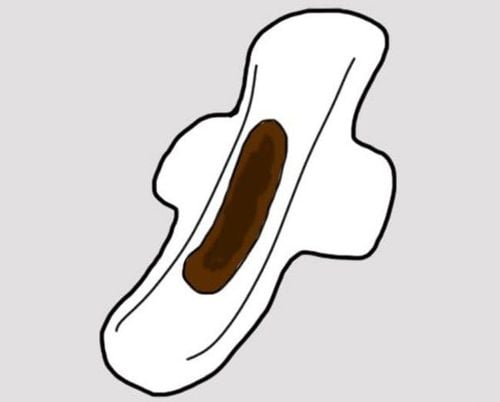This is an automatically translated article.
The endometrium is a soft, spongy lining that covers the entire inner surface of the uterus and grows thanks to the hormone estrogen in a woman's body. Therefore, the growth of the endometrium will change with age as well as with the menstrual cycle.
1. Change of endometrium with age
According to the development of the body, the period of sexual activity along with the endometrium of a woman will change according to the following 4 periods:
Childhood period (before puberty):
Ovaries inside hormonally silent despite follicular maturation and degeneration. However, these morphological changes were not associated with the endocrine activity of the ovaries. Follicles also do not develop to the dominant follicular stage or form the corpus luteum. Endometriosis in early development. Puberty:
This is when the endocrine function of the ovaries begins to kick in, when hypothalamic GnRH-producing neurons have begun to release GnRH in a synchronous and pulsating way into the dynamic system. pituitary vessels. The first menstrual period occurs about a year after the pubertal growth spurt, and at the same time begins a period in which the endometrium changes significantly with the menstrual cycle. The length of the vagina also increases to about 11cm, the uterine epithelium proliferates and thickens. The big and small lips are also thickened, the pubic mound area has a lot of fat, and the clitoris is enlarged.

Nội mạc tử cung biến chuyển theo chu kỳ kinh nguyệt
The stage of sexual activity:
The period of sexual activity, which lasts until the end of menopause. During this period, the woman will have regular periods and can conceive. This is also the period when the secondary sex characteristics as well as the whole body of a woman stretch to the maximum. The period of sexual activity lasts about 30-35 years. Menopause:
A state in which a woman no longer menstruates due to the depletion of the ovaries and is no longer sensitive to the stimulation of gonadotropic hormones. After menopause, a woman is no longer able to get pregnant.
2. How does the endometrium change according to the menstrual cycle?
The structure of the endometrium can change according to 3 phases of the menstrual cycle as follows:
Post-ovulation phase:
It is from after ovulation to the start of the next menstrual period. The endometrial lining is almost completely shed, leaving only a thin layer of stromal tissue and a few epithelial cells at the base of the glands.

Niêm mạc tử cung sẽ bong ra gần hết ở giai đoạn sau rụng trứng
These components then proliferate rapidly under the influence of estrogen hormone in 4-7 days will be re-epithelialized. The lining of the uterus thickens and the glands lengthen along with the growth of blood vessels. At the end of the period, the uterus is about 3-4mm thick, the glands of the cervix will secrete mucus to form a channel for sperm to move in. Pre-ovulatory phase:
The period from menstruation to ovulation, about 14 days after menstruation, the first day of the cycle. The lining of the uterus is not only under the influence of the hormone estrogen, but also under the influence of progesterone, which causes the endometrium to thicken and secrete fluid. The lining of the uterus will thicken about 5-6 mm after 1 week of ovulation and increase until menstruation. The last stage of the menstrual cycle:
The levels of the hormones estrogen and progesterone drop suddenly to very low levels and the blood supply to the lining of the uterus stops, causing the lining to atrophy. After a period of time when the lining is shed, under the contraction of the uterus, the uterine lining is pushed out with a little fluid and blood. This is the phenomenon of menstruation.
For detailed advice, please come directly to Vinmec health system or register online HERE.













